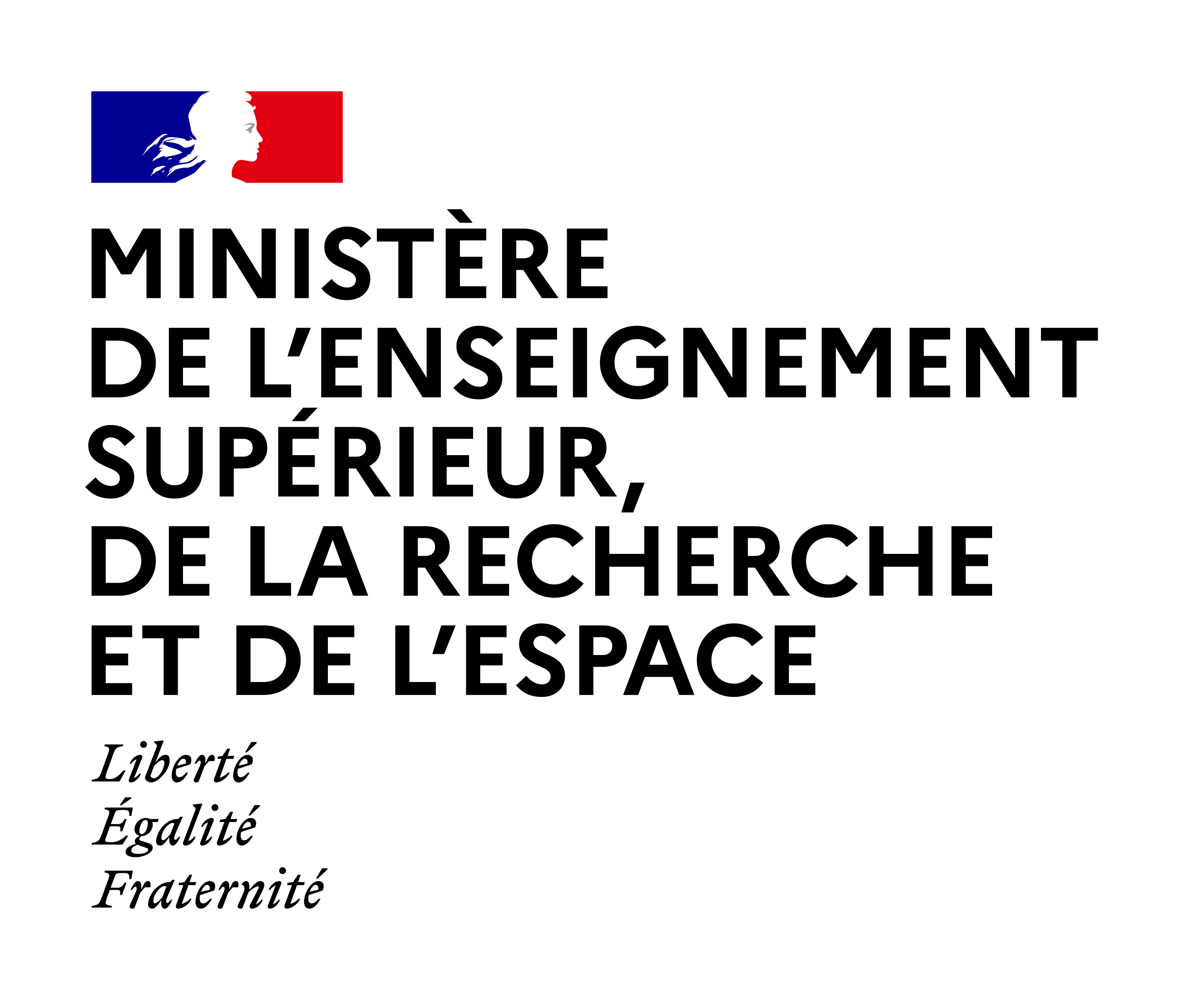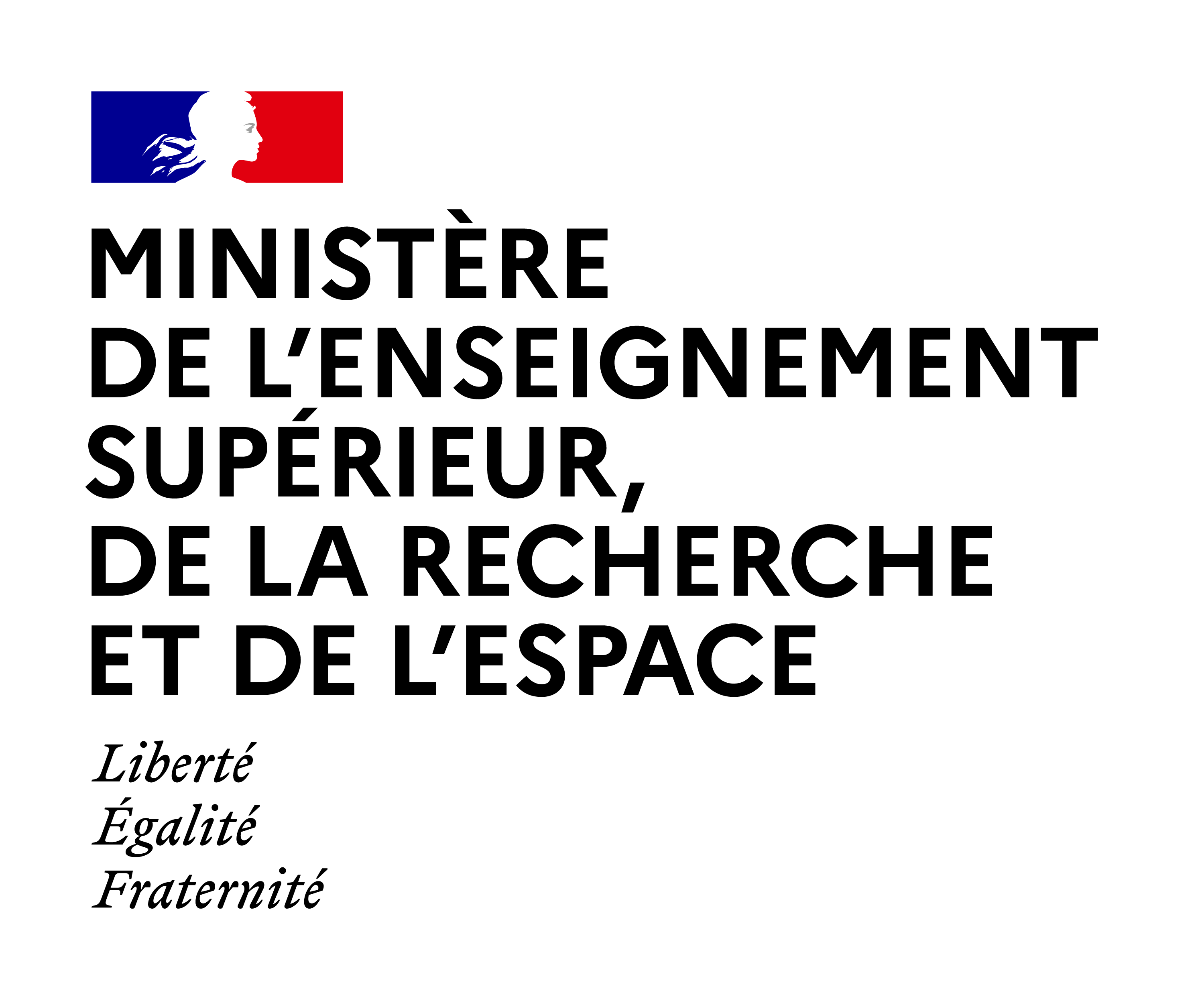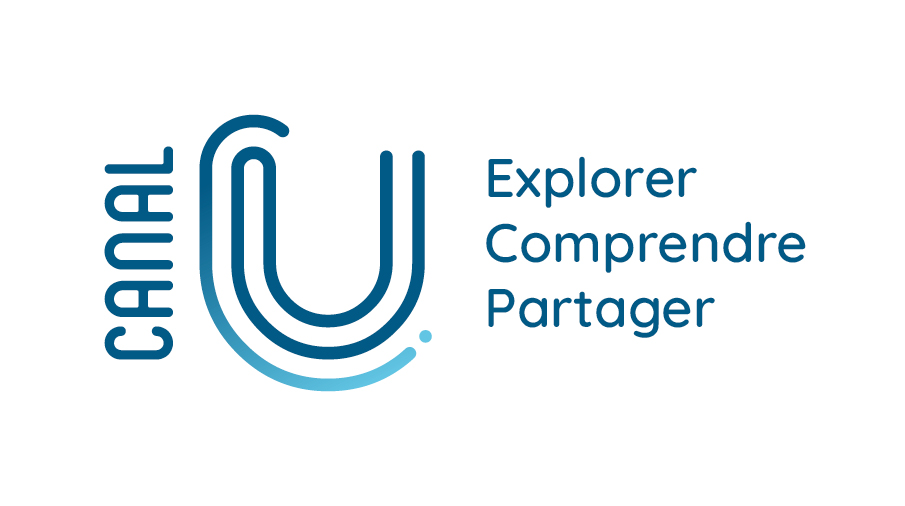
Sommaire
Cross-linguistic influence at the feature-level ? Evidence from Dutch-German bilingual preschoolers. How bilinguals are more monolingual-like than assumed / Antje Stoehr
Date de création :
20.06.2017Auteur(s) :
Antje STOEHRPrésentation
Informations pratiques
Droits réservés à l'éditeur et aux auteurs. Tous droits réservés aux auteurs et à l'Université Toulouse Jean Jaurès.
Description de la ressource
Résumé
Cross-linguistic influence at the feature-level ? Evidence from Dutch-German bilingual preschoolers. How bilinguals are more monolingual-like than assumed / Antje Stoehr, in colloque "Bilingualism vs. monolingualism: a new perspective on limitations to L2 acquisition" organisé par le laboratoire Octogone-Lordat (Université Toulouse 2) sous la responsabilité de Barbara Köpke (UT2J), Holger Hopp (Technische Universität Braunschweig), Tanja Kupisch (Universität Konstanz), Université Toulouse Jean Jaurès, 19-20 juin 2017. VOT production of bilingual children renders support for cross-linguistic influence (CLI) between a bilingual’s two languages, but it remains unclear whether CLI operates between phonemes or features (e.g., Fabiano-Smith & Bunta, 2012; Kehoe, Lleó & Rakow, 2004). The present study addresses this question with VOT production of bilingual preschoolers who speak German as a heritage language in the Netherlands. Dutch and German differ in the phonetic implementation of the voicing contrast: German contrasts short lag ‘voiced’ plosives with aspirated ‘voiceless’ plosives at labial, coronal, and dorsal places of articulation (/b/, /d/, /g/ vs. /p/, /t/, /k/). Dutch contrasts prevoiced ‘voiced’ plosives with short lag ‘voiceless’ plosives only at labial and coronal places of articulation (/b/, /d/ vs. /p/, /t/, /k/), but lacks the ‘voiced’ dorsal plosive /g/. CLI causes bilingual children to prevoice German /b/ and /d/ more frequently than monolinguals (Stoehr, Benders, van Hell & Fikkert, in press). The production of /g/ in German offers a unique possibility to test whether CLI occurs between phonemes or features. If CLI operates between phonemes, no production differences between bilinguals and monolinguals are expected in /g/. If CLI operates between features, bilinguals should prevoice /g/ more frequently than monolinguals. Furthermore, bilingual children’s production of German /g/ and /k/ can show whether the absence of a voicing contrast at the dorsal place of articulation in Dutch delays the acquisition of a voicing contrast in German. Twenty-nine Dutch-German simultaneous bilingual preschoolers (3;7-5;11) and 29 age- matched monolinguals named German /g/- and /k/-initial nouns in a picture naming paradigm. VOT was measured as the time interval between burst release and the onset of vocal fold vibration. Data was analyzed using mixed-effects logistic and mixed-effects linear regression. Bilingual children prevoiced /g/ more frequently than monolinguals (?=-0.81, SE=0.38, z=- 2.11, p=.035). Yet, both groups devoiced the majority of /g/ tokens, and maintained a clear contrast between devoiced /g/ and /k/ (?=22.70, SE=2.62, t=8.67, p
"Domaine(s)" et indice(s) Dewey
- Bilinguisme, multilinguisme (404.2)
Domaine(s)
- Langues
Intervenants, édition et diffusion
Intervenants
Édition
- Université Toulouse-Jean Jaurès-campus Mirail
Diffusion
Document(s) annexe(s)
- Cette ressource fait partie de
Fiche technique
- LOMv1.0
- LOMFRv1.0
- Voir la fiche XML




